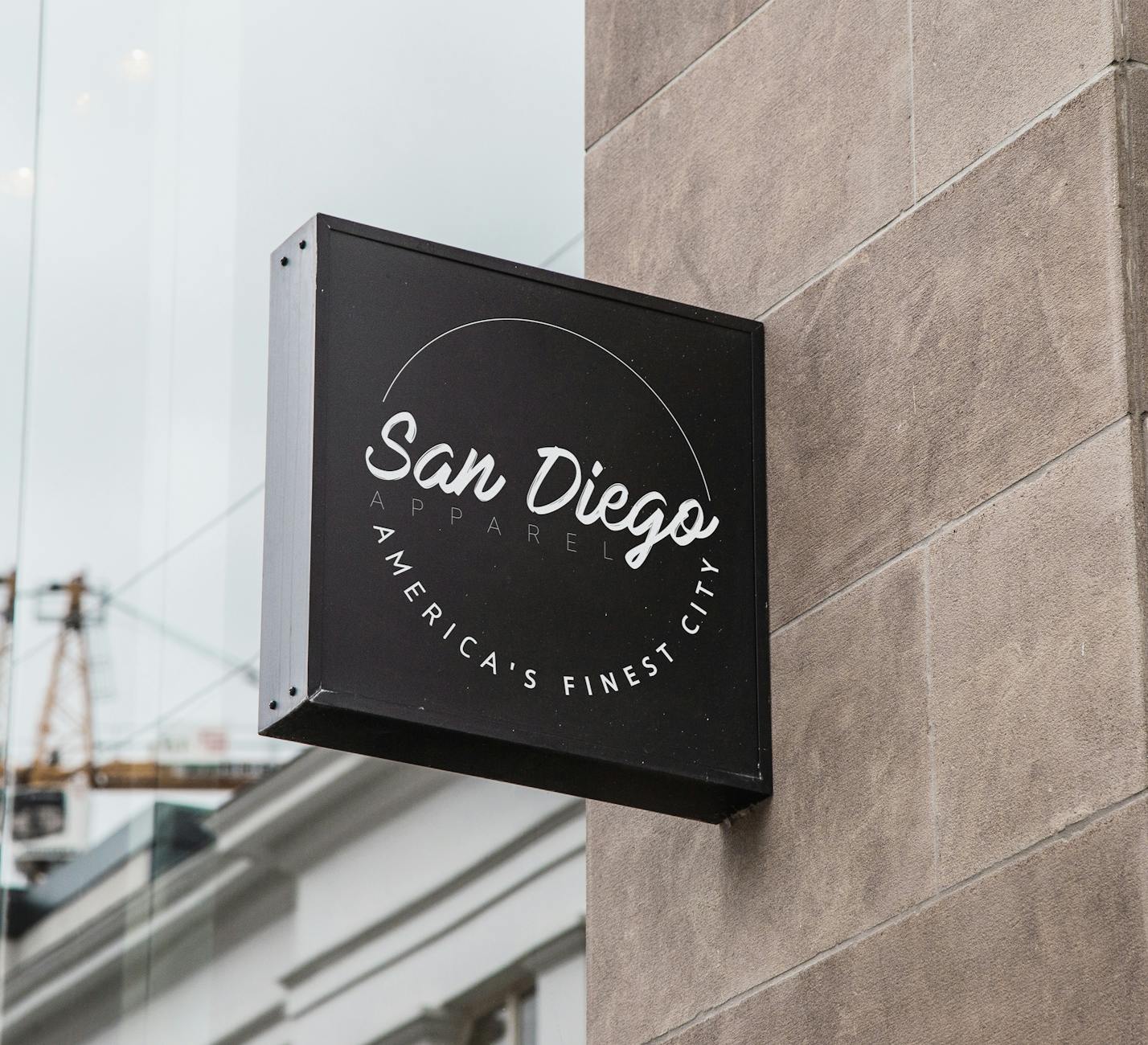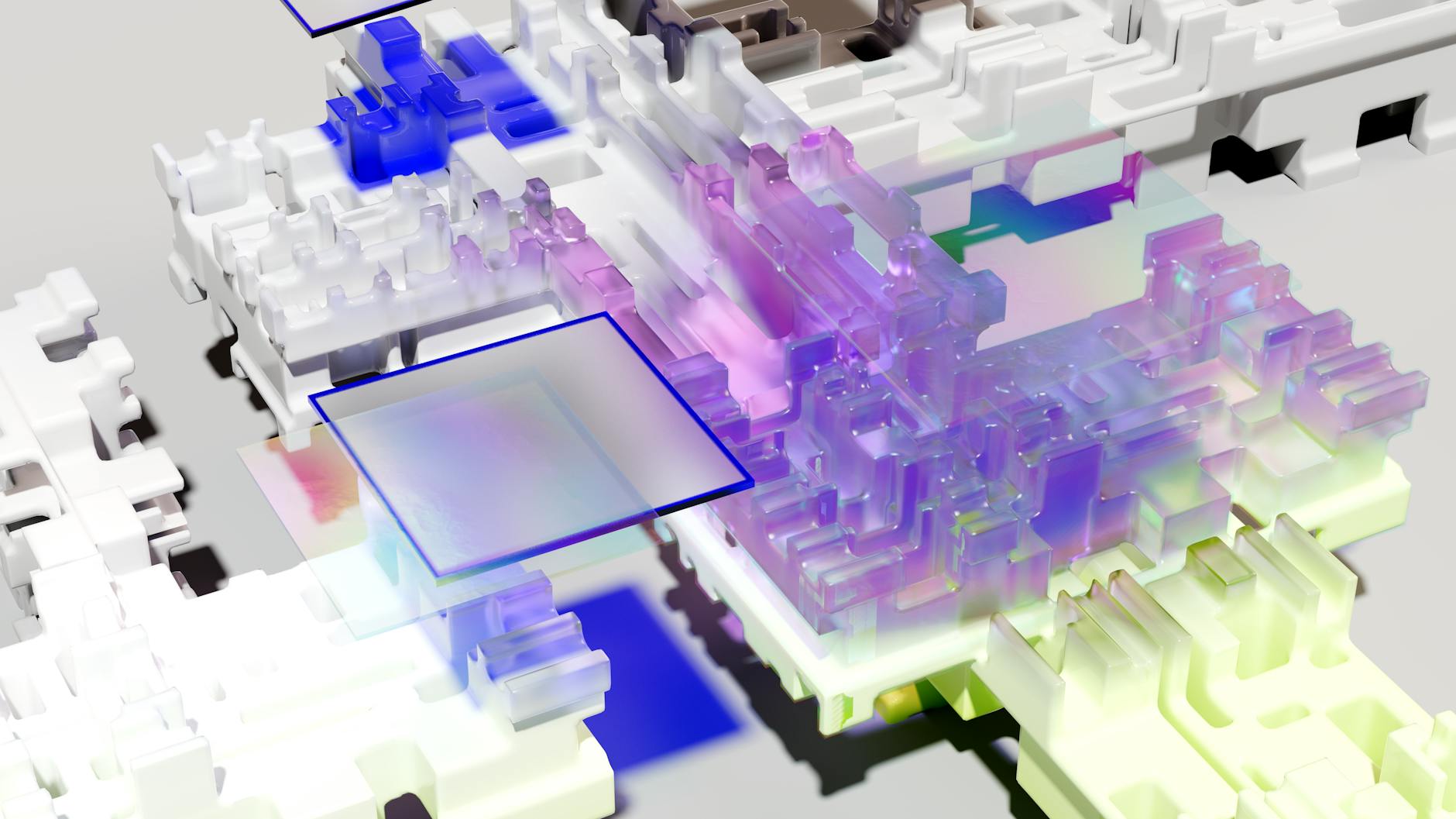Is Investing in AV Technology in Australia the Right Move for You?

Evaluating Your Needs
Understanding the specific needs of your space is crucial in designing an effective AV system, be it for a studio in Fitzroy or a bustling office. As I often contemplate while plotting content ideas at creative studios in Fitzroy, the environment plays a pivotal role in how technology can enhance sound design.
Assessing Space Requirements
Whether you're planning to install loudspeakers or an advanced setup, recognizing the unique attributes of your space helps in choosing the right equipment. Factors like room size, layout, and existing acoustics can significantly influence your decision. When consulting with clients, I focus on where elements like paging systems best compliment the room's function.
Identifying Audience Engagement Goals
Engagement goals differ widely depending on the context. For a multimedia event at places like Federation Square, the emphasis might be on clarity and reach, ensuring everyone can hear and interact seamlessly. For more intimate settings like seminars, the goals may lean towards creating a focused sound environment.
Integrating with Acoustic Designs
It’s essential to ensure that your chosen setup melds well with existing acoustic designs. Meeting these needs often involves collaborating with specialists who can provide insights into effectively positioning speakers without disrupting the room’s aesthetic or function. My architectural acoustics background has taught me to carefully balance technology with design, much like hitting the right note.
Understanding these aspects ensures your AV equipment not only meets technical demands but also enhances the overall ambience of the space.
Exploring AV Options
Understanding AV Components
When delving into audio-visual setups, it's essential to grasp the core components involved. From sleek acoustic panels to versatile universal remote controls, these elements form the foundation of effective AV systems. In my own content creation studio nestled in the bustling creative district of Fitzroy, I constantly juggle a variety of these components. The way they harmoniously interact can elevate a simple workspace into an immersive experience, reminiscent of the dynamic multimedia events at Federation Square.
Let's consider a few key components that are typically part of an advanced AV setup:
- Displays and Projectors: These include everything from high-definition screens to advanced projectors tailored for different lighting environments.
- Speakers and Amplifiers: Crucial for auditory clarity, ensuring that sound reaches the audience in the intended manner.
- Control Systems: Technologies that allow seamless management of all devices, often operated via universal remotes.
- Networking Gear: Enables efficient communication between devices, offering a cohesive operation.
When assembling these elements, it’s essential not only to align them with immediate needs but also to ensure that they remain relevant as technology evolves. Reflecting on my own studio upgrades, I learned the importance of investing in modular systems that can adapt to future advancements.
By focusing on these components and leveraging their full potential, you can create an engaging audio-visual environment. This knowledge enhances the functionality and creative possibilities of any setup, inspiring you to experiment and innovate further.
Installation Considerations
Site Preparation and Planning
When getting ready to install audio-visual (AV) systems, planning ahead is essential for a successful setup. Before stepping into the process, it's crucial to understand the space's unique requirements. Whether you're setting up an induction loop in a museum or the latest audio equipment in a corporate boardroom, knowing the dimensions of the space and how sound travels within it can significantly impact the outcome. I've faced similar challenges at the creative studios in Fitzroy, where careful consideration of acoustics has been key to achieving optimal sound quality.
Before installation begins, ensure the site is adequately prepared. This might involve checking the structural integrity of walls or verifying that electrical outlets are strategically placed. Engaging with architects or space planners early can save you a lot of headaches down the line.
Collaboration with Acousticians
Working alongside acousticians is another vital factor. In my experience, especially when dealing with complex environments like the multimedia events at Federation Square, their expertise can lead to more efficient designs and installations. Acousticians provide insight into material choices and placement of audio components, making them invaluable partners in achieving the desired sonic environment.
Ensuring Seamless Integration
To integrate AV systems seamlessly, it's essential to consider both functionality and aesthetics. It’s not just about installing high-quality equipment but ensuring it complements the existing architecture and design. Look for versatile solutions that offer easy connectivity and adaptability to various technologies. This way, the final setup will not only meet but exceed expectations, offering a harmonious blend of sound and style.
Common Challenges
Mitigating Installation Disruptions
When setting up amidst the creative pulse of Melbourne, I've learned the importance of anticipating installation disruptions. The vibe around creative studios in Fitzroy often fuels my enthusiasm, but it's essential to plan for potential hiccups. This means coordinating with other teams, ensuring that delivery schedules align, and accounting for possible delays. Additionally, creating a flexible timeline allows for adjustments when unexpected situations arise without derailing the entire project.
Overcoming Technical Limitations
Navigating the intricacies of audio-visual setups can present its own set of challenges, especially when working on projects like integrating a new motorised projector screen. In the context of Melbourne's multimedia events at Federation Square, these technical hurdles must be tackled head-on. Understanding the specifications of each piece of equipment and how they complement or compete with existing systems is crucial. Sometimes, this involves trial and error or revisiting the drawing board to find solutions that work within the project's constraints while still delivering the intended experience.
Navigating Regulatory Compliance
Incorporating cutting-edge technology into your projects doesn't only involve creative prowess but also an understanding of city regulations. Melbourne's unique architectural landscape demands compliance with specific standards, which means staying updated on local rules and how they apply to new installations. Leveraging insights from boutique tech stores in South Melbourne and engaging with peers helps ensure adherence to these guidelines. This strategy not only saves time but also prevents costly legal repercussions, serving as a valuable safeguard in any developmental process.
Best Practices
Continuous Development for Creators
One of the gems of advice I can offer from my own journey through the creative studios in Fitzroy is to keep evolving. In this dynamic field, staying updated through continuous professional development is a must. It could be attending workshops, webinars, or enrolling in short courses offered by local institutions. These learning experiences not only sharpen your skills but also introduce you to the latest audiovisual trends and technologies.
Engaging with Creative Forums
I've found immense value in being part of professional communities and forums. Whether it's an online hangout with fellow content creators or a lively discussion at multimedia events at Federation Square, sharing knowledge is invaluable. Discussing challenges, successes, and innovations helps refine our strategies and pushes us to experiment with new ideas and techniques.
Comprehensive Post-Installation Reviews
Finally, to truly master the art of AV installations, conducting thorough post installation feedback reviews is essential. I've learnt that collecting feedback from peers and audiences right after setting up a new AV system provides insights you wouldn't get otherwise. It's about understanding what worked, what didn’t, and how we can tweak our approach for even better audience engagement next time. Each review session is an opportunity for growth and inspiration.
Integrating these practices not only enhances the quality of your content but also fuels passion and creativity.


